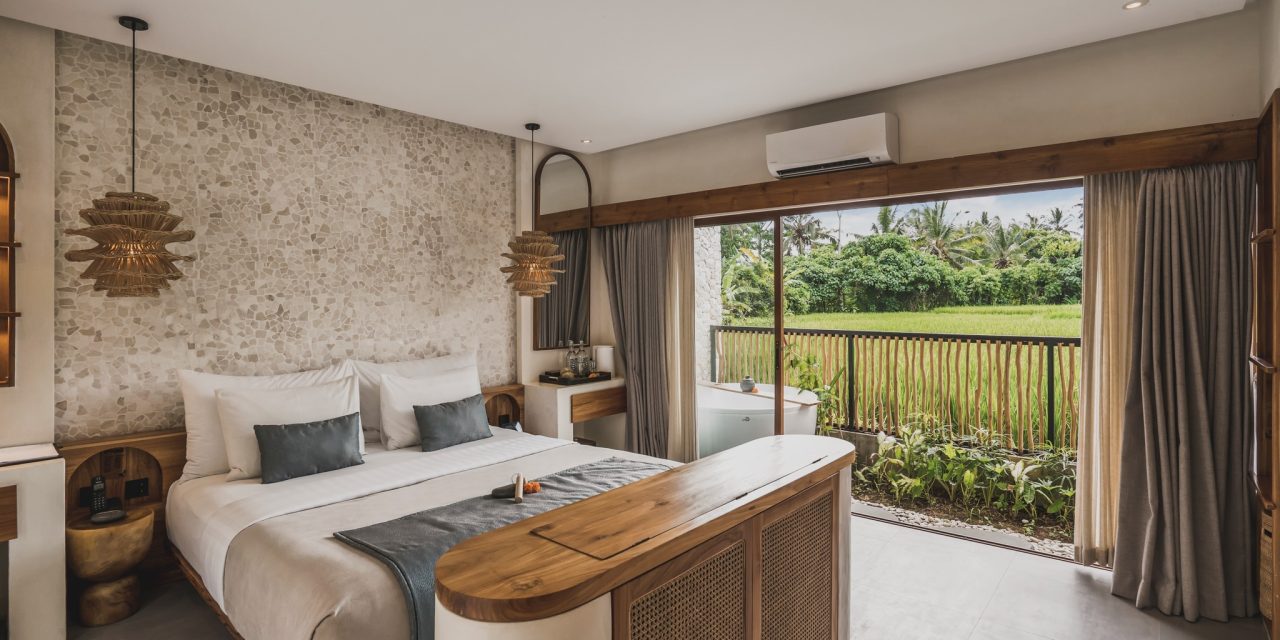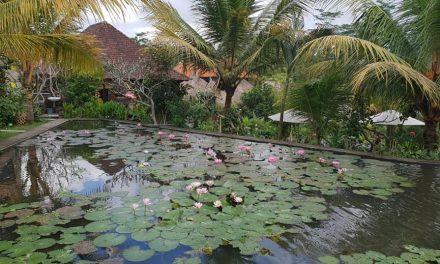Ubud, Bali, is often considered the cultural heart of the island, known for its lush rice paddies, vibrant arts scene, and, of course, its fascinating historical landmarks. Having visited Ubud multiple times, I can confidently say that each landmark tells its own story, weaving together the threads of Bali’s rich cultural tapestry. Join me on this journey through Ubud’s historical sites where every corner is steeped in history and beauty.
1. The Sacred Monkey Forest Sanctuary
When you first arrive at the Sacred Monkey Forest Sanctuary, you might feel a mix of excitement and trepidation. The embodiment of Ubud’s spirit, the sanctuary is home to hundreds of playful macaques. As I walked through the lush greenery, the sound of rustling leaves and chattering monkeys created a lively symphony.
Lasting Impression: Watching a cheeky monkey snatch a hat off a tourist’s head reminded me of how unpredictable nature can be. But the real treasures of the sanctuary are the ancient temples nestled within, like the revered Pura Dalem Agung Padang Tegal. This temple, adorned with intricate carvings, has been a place of worship for locals for centuries.
Tip: Stay alert while taking photos; those monkeys are clever! Secure your belongings to keep your visit stress-free and enjoyable.
2. Puri Saren Agung (Ubud Palace)
Just a short walk from the bustling market, Puri Saren Agung, or the Ubud Palace, is a must-see. This royal palace boasts beautiful traditional Balinese architecture, with intricate carvings that tell tales of the island’s history.
The first time I stepped into the palace’s courtyard, I was struck by the serenity contrasted with the vibrant life outside. At night, the palace hosts traditional dance performances that are not just entertainment but a glimpse into Balinese culture.
Personal Experience: I still remember the mesmerizing Legong Dance performance I watched there. The delicate movements of the dancers, combined with the enchanting gamelan music, transported me to another era.
Advice for Visitors: Aim to catch one of these performances during your visit. Arrive early to secure good seats, as they fill up quickly!
3. Goa Gajah (Elephant Cave)
Located just a few kilometers from the heart of Ubud, Goa Gajah is an archaeological site that dates back to the 9th century. Upon entering, the cave’s entrance, adorned with a massive stone carvings of a demon’s face, sets a mystical tone.
As I descended into the cave, I felt an overwhelming sense of peace. Inside, the chilling air and the sound of dripping water create an otherworldly atmosphere, perfect for contemplation. The nearby Tirta Empul is also worth a visit, where locals and visitors alike cleanse themselves in the holy spring waters.
Tip for the Adventurous: If you have time, trek down to the rice terraces nearby for a view that’s simply breathtaking. It was one of those I can’t believe I’m here moments that I’ll never forget.
4. Taman Saraswati Temple
Situated amidst a tranquil lotus pond filled with blooming flowers, Taman Saraswati Temple is one of Ubud’s hidden gems. This temple, dedicated to the goddess of knowledge and arts, is a beautiful place to reflect and absorb the serene surroundings.
When I visited early one morning, the temple was misty, and the soft glow from the rising sun danced upon the pond. It felt like a scene straight out of a painting. Locals come here to offer prayers, and witnessing their devotion felt incredibly humbling.
Pro Tip: The best time to visit is during the morning, as the light is perfect for photography, and you can enjoy the peaceful atmosphere without the crowds.
5. Pura Taman Kemuda Sari
A bit off the beaten path, Pura Taman Kemuda Sari offers a more intimate experience. This lesser-known temple allows visitors to engage more deeply with local customs and rituals. During my visit, I was lucky enough to observe a traditional Balinese ceremony, where the locals offered flowers and prayers.
Connecting with the local culture in this way added layers to my understanding of Bali’s spiritual landscape. It became clear to me that every ritual holds significance, celebrating the harmony between humans and nature.
Advice: If you’re interested in cultural experiences, consider joining a guided tour or taking a class on Balinese offerings and rituals. It’s a wonderful way to deepen your connection to the island.
Conclusion
Exploring the historical landmarks in Ubud, Bali, offers not just insights into the past but also connections to the present. Each site holds its secrets, inviting you to immerse yourself into Bali’s rich history. Whether it’s through dance, sacred ceremonies, or the whispers of ancient stones, Ubud’s landmarks promise an experience that lingers long after you leave.So, when you plan your next trip, don’t just skim the surface. Dive into the depths of Ubud’s history, and you might just find a little piece of yourself along the way. Happy travels!






